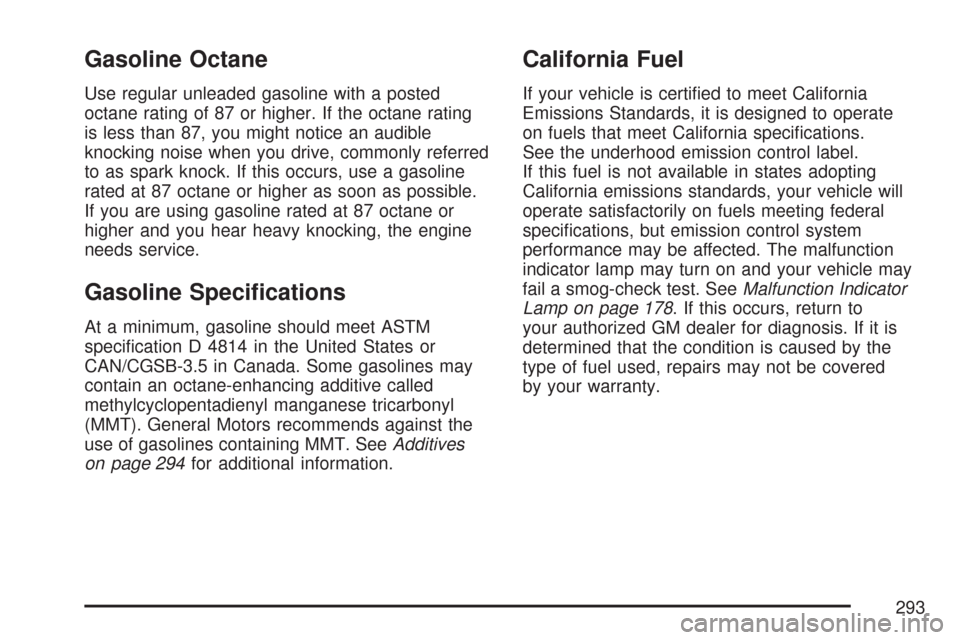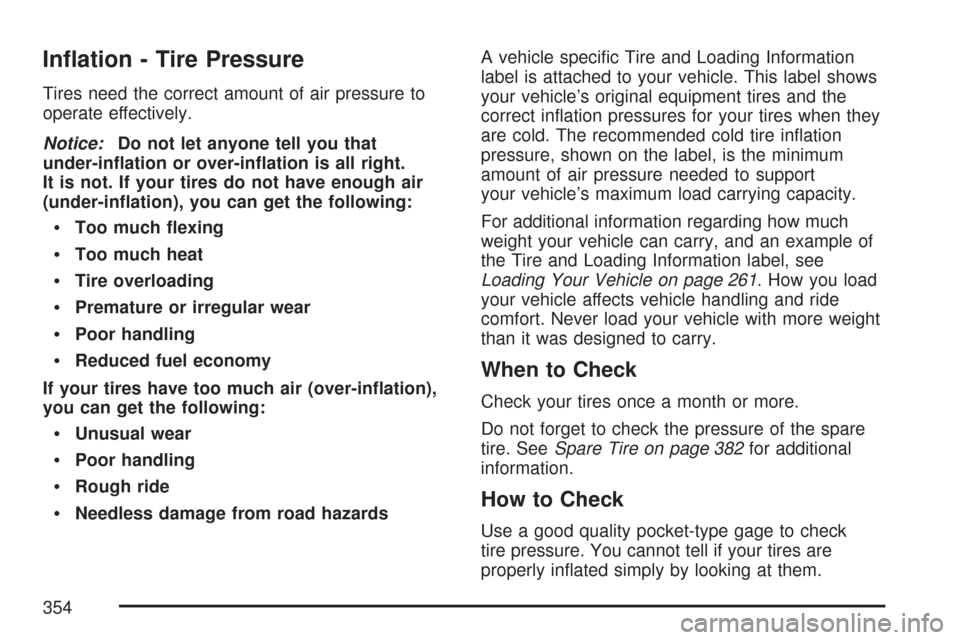Page 101 of 458

Keys............................................................ 102
Remote Keyless Entry (RKE) System........ 104
Remote Keyless Entry (RKE) System
Operation............................................... 105
Doors and Locks........................................ 108
Door Locks................................................ 108
Power Door Locks..................................... 109
Cargo Door Relocking............................... 109
Rear Door Security Locks......................... 110
Lockout Protection..................................... 110
Sliding Side Door...................................... 111
60/40 Swing-Out Side Door....................... 112
Rear Doors............................................... 114
Windows...................................................... 115
Manual Windows....................................... 115
Power Windows........................................ 116
Swing-Out Windows.................................. 117
Sun Visors................................................ 117
Theft-Deterrent Systems............................. 118
Passlock
®.................................................. 118
Starting and Operating Your Vehicle......... 119
New Vehicle Break-In................................ 119
Ignition Positions....................................... 120Retained Accessory Power (RAP)............. 121
Starting the Engine.................................... 122
Fuel Regulator........................................... 123
Engine Coolant Heater.............................. 123
Automatic Transmission Operation............. 125
Parking Brake........................................... 128
Shifting Into Park (P)................................. 129
Shifting Out of Park (P)............................. 130
Parking Over Things That Burn................. 131
Engine Exhaust......................................... 132
Running the Engine While Parked............. 133
Mirrors......................................................... 134
Manual Rearview Mirror............................. 134
Automatic Dimming Rearview Mirror with
Compass and Temperature Display........ 134
Outside Manual Mirror............................... 136
Outside Camper-Type Mirrors.................... 136
Outside Power Mirrors............................... 138
Outside Convex Mirror............................... 138
Outside Heated Mirrors............................. 139
Storage Areas............................................. 139
Section 2 Features and Controls
101
Page 293 of 458

Gasoline Octane
Use regular unleaded gasoline with a posted
octane rating of 87 or higher. If the octane rating
is less than 87, you might notice an audible
knocking noise when you drive, commonly referred
to as spark knock. If this occurs, use a gasoline
rated at 87 octane or higher as soon as possible.
If you are using gasoline rated at 87 octane or
higher and you hear heavy knocking, the engine
needs service.
Gasoline Speci�cations
At a minimum, gasoline should meet ASTM
specification D 4814 in the United States or
CAN/CGSB-3.5 in Canada. Some gasolines may
contain an octane-enhancing additive called
methylcyclopentadienyl manganese tricarbonyl
(MMT). General Motors recommends against the
use of gasolines containing MMT. SeeAdditives
on page 294for additional information.
California Fuel
If your vehicle is certified to meet California
Emissions Standards, it is designed to operate
on fuels that meet California specifications.
See the underhood emission control label.
If this fuel is not available in states adopting
California emissions standards, your vehicle will
operate satisfactorily on fuels meeting federal
specifications, but emission control system
performance may be affected. The malfunction
indicator lamp may turn on and your vehicle may
fail a smog-check test. SeeMalfunction Indicator
Lamp on page 178. If this occurs, return to
your authorized GM dealer for diagnosis. If it is
determined that the condition is caused by the
type of fuel used, repairs may not be covered
by your warranty.
293
Page 298 of 458

{CAUTION:
Fuel can spray out on you if you open the
fuel cap too quickly. If you spill fuel and
then something ignites it, you could be
badly burned. This spray can happen if
your tank is nearly full, and is more likely
in hot weather. Open the fuel cap slowly
and wait for any hiss noise to stop.
Then unscrew the cap all the way.
Be careful not to spill fuel. Do not top off or overfill
the tank and wait a few seconds after you have
finished pumping before removing the nozzle.
Clean fuel from painted surfaces as soon
as possible. SeeWashing Your Vehicle on
page 386.
When replacing the fuel cap, turn it clockwise until
it clicks. Make sure the cap is fully installed.The diagnostic system can determine if the fuel
cap has been left off or improperly installed.
This would allow fuel to evaporate into the
atmosphere. SeeMalfunction Indicator Lamp
on page 178.
{CAUTION:
If a �re starts while you are refueling,
do not remove the nozzle. Shut off the
�ow of fuel by shutting off the pump
or by notifying the station attendant.
Leave the area immediately.
Notice:If you need a new fuel cap, be sure
to get the right type. Your dealer/retailer
can get one for you. If you get the wrong type,
it may not �t properly. This may cause your
malfunction indicator lamp to light and
may damage your fuel tank and emissions
system. SeeMalfunction Indicator Lamp
on page 178.
298
Page 354 of 458

In�ation - Tire Pressure
Tires need the correct amount of air pressure to
operate effectively.
Notice:Do not let anyone tell you that
under-in�ation or over-in�ation is all right.
It is not. If your tires do not have enough air
(under-in�ation), you can get the following:
Too much �exing
Too much heat
Tire overloading
Premature or irregular wear
Poor handling
Reduced fuel economy
If your tires have too much air (over-in�ation),
you can get the following:
Unusual wear
Poor handling
Rough ride
Needless damage from road hazardsA vehicle specific Tire and Loading Information
label is attached to your vehicle. This label shows
your vehicle’s original equipment tires and the
correct inflation pressures for your tires when they
are cold. The recommended cold tire inflation
pressure, shown on the label, is the minimum
amount of air pressure needed to support
your vehicle’s maximum load carrying capacity.
For additional information regarding how much
weight your vehicle can carry, and an example of
the Tire and Loading Information label, see
Loading Your Vehicle on page 261. How you load
your vehicle affects vehicle handling and ride
comfort. Never load your vehicle with more weight
than it was designed to carry.
When to Check
Check your tires once a month or more.
Do not forget to check the pressure of the spare
tire. SeeSpare Tire on page 382for additional
information.
How to Check
Use a good quality pocket-type gage to check
tire pressure. You cannot tell if your tires are
properly inflated simply by looking at them.
354